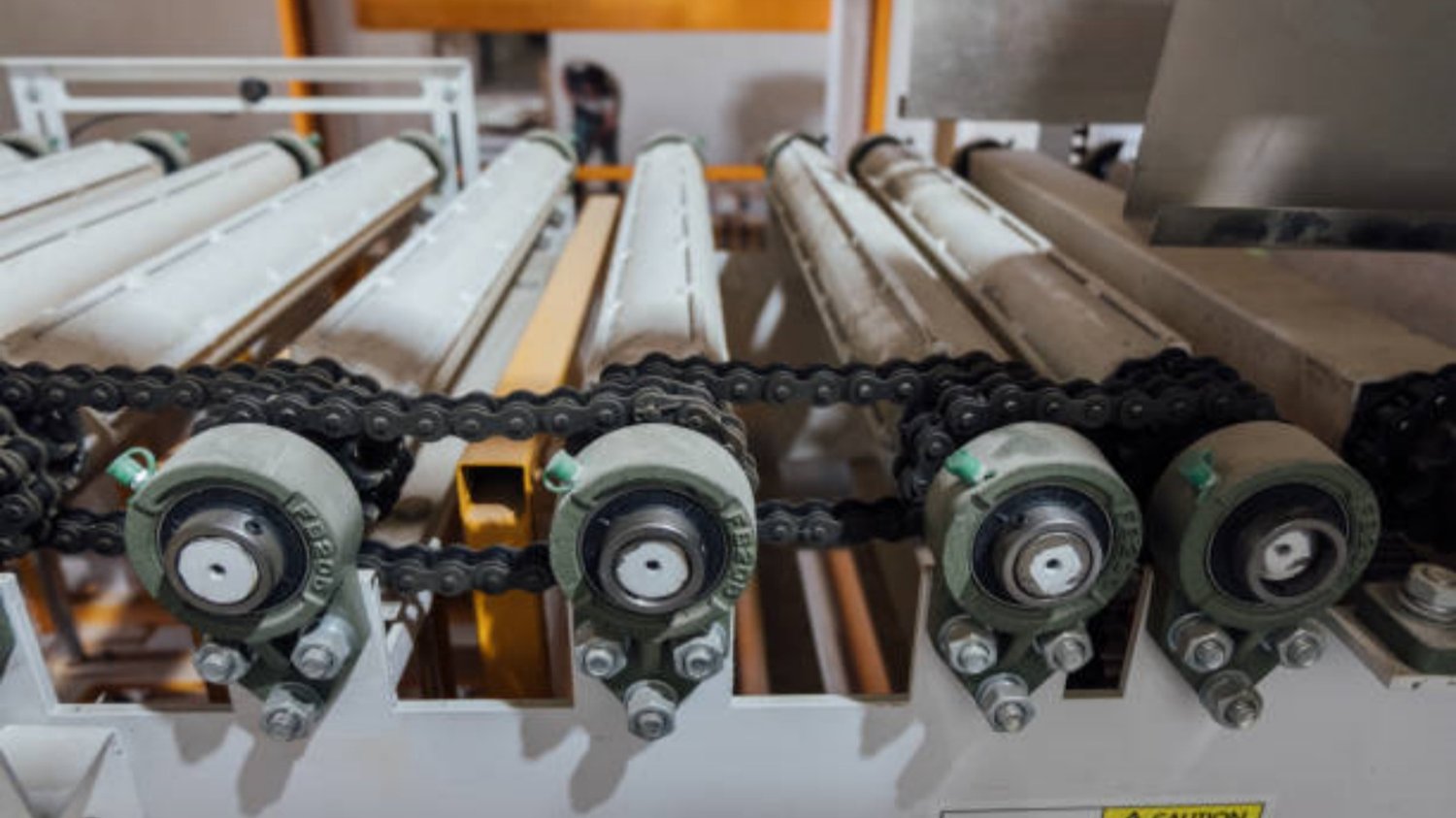Introduction
Roll forming machines are widely used in various industries for the efficient production of metal profiles with consistent shapes and sizes. One of the key factors that determine the productivity of a roll forming machine is its speed. In this article, we will explore the speed of roll forming machines and its significance in the manufacturing process.
Understanding Roll Forming Machine Speed
Roll forming machine speed refers to the rate at which the metal strip is fed through the machine and transformed into a finished product. It is usually measured in terms of lineal feet per minute (LFM) or meters per minute (MPM). The speed of a roll forming machine can vary depending on several factors, including the complexity of the profile being formed, the material thickness, and the design of the machine itself.
Factors Affecting Roll Forming Machine Speed
Several factors can influence the speed of a roll forming machine. Firstly, the complexity of the profile being formed plays a significant role. More intricate profiles may require slower speeds to ensure accurate and precise forming. Secondly, the material thickness affects the speed as thicker materials may require slower processing to maintain quality. Additionally, the design and capabilities of the roll forming machine itself, such as the number of forming stations and the power of the motor, can also impact the achievable speed.
Importance of Speed in Roll Forming Machines
The speed of a roll forming machine plays a crucial role in determining the overall productivity and efficiency of the manufacturing process. Higher speeds allow for faster production rates, resulting in increased output and shorter lead times. This is particularly important for industries with high production demands. However, it is essential to strike a balance between speed and quality to ensure that the formed profiles meet the required specifications.
Optimizing Speed for Efficiency
Optimizing the speed of a roll forming machine is a delicate process that requires careful consideration of various factors. Manufacturers need to find the right balance between speed and accuracy to maximize efficiency without compromising on product quality. This often involves conducting thorough testing and adjusting machine settings to achieve the desired speed while maintaining consistent and precise forming.
Benefits of High-Speed Roll Forming Machines
Investing in high-speed roll forming machines can offer several benefits to manufacturers. Faster production rates enable them to meet higher demand and stay competitive in the market. Additionally, increased speed can lead to reduced labor costs and improved overall efficiency. However, it is crucial to choose a machine that can handle the desired speed without compromising on the quality of the formed profiles.
Challenges in Achieving High-Speed Roll Forming
While high-speed roll forming machines can be advantageous, they also come with their own set of challenges. As the speed increases, there is a higher risk of material deformation, inaccuracies in forming, and potential damage to the machine itself. Manufacturers must carefully assess the capabilities of their machines and the materials being processed to determine the maximum achievable speed while maintaining quality standards.
Technological Advancements in Roll Forming Machine Speed
With advancements in technology, roll forming machine manufacturers have been able to develop machines with higher speeds and improved capabilities. From more robust motors to enhanced control systems, these advancements have allowed for faster and more efficient production. Additionally, the use of computer numerical control (CNC) technology has enabled precise control over the speed and forming process, further enhancing the overall performance of roll forming machines.
Conclusion
The speed of a roll forming machine is a critical aspect of the manufacturing process. It directly impacts productivity, efficiency, and the ability to meet market demands. Manufacturers must carefully analyze the requirements of their specific applications and choose a roll forming machine that offers the optimal balance between speed and quality. By doing so, they can ensure a smooth and efficient production process while delivering high-quality profiles.

